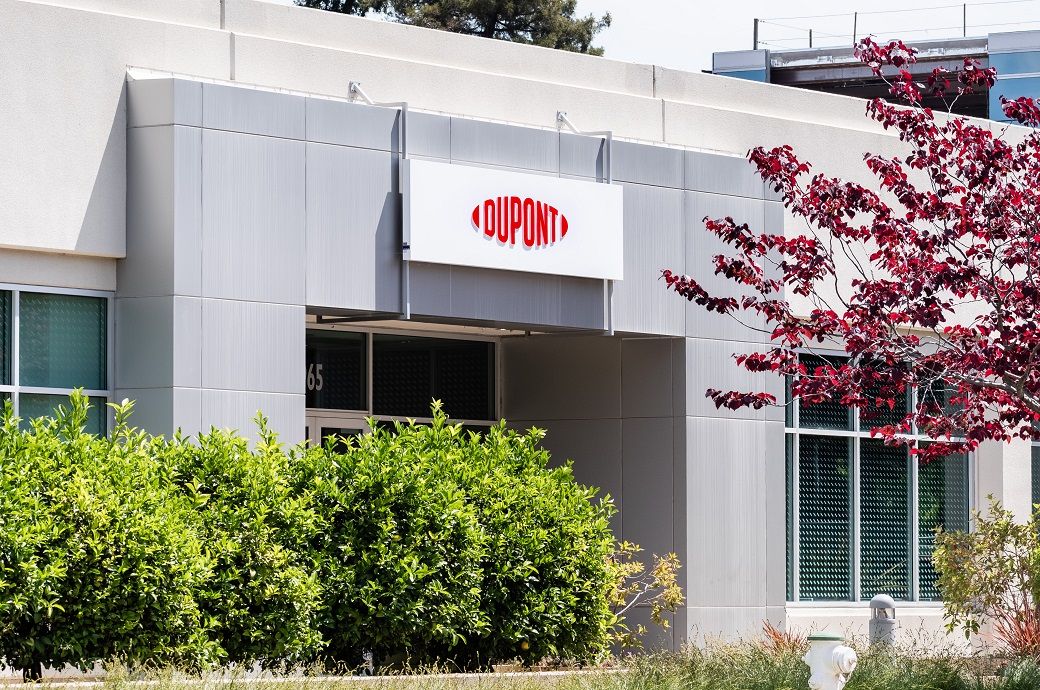
"With the launch of Tyvek APX, we've created a new and revolutionary form of Tyvek material that addresses one of the most problematic health and safety challenges – how to make garments more breathable without sacrificing performance or durability," said Dave Kee, Global Business Director, DuPont Personal Protection. "Tyvek APX fabric offers an outstanding combination of protection and comfort, helping workers to perform at their best, especially in physically demanding environments."
Improving worker well-being
Worker well-being and comfort have gained increasing prominence in recent years, as companies across sectors—from pharmaceuticals and utilities to heavy manufacturing and chemical processing—have placed an increased focus on worker safety. The ability to efficiently dissipate body heat while wearing protective coveralls is becoming an increasingly important factor in worker comfort and the prevention of overheating. Regulations are focusing more on worker well-being, driving the need for more breathable protective garments. But achieving the desired levels of comfort without compromising on safety has been the sticking point.
Tyvek APX protective coveralls provide the ultimate balance of comfort and protection. It represents a breakthrough in breathability, allowing moisture to escape and air to circulate, keeping workers more comfortable.
"For over 50 years, the DuPont Tyvek brand has defined the category of protective clothing. It is synonymous with safety and trusted innovation," said Kee. "Now, we are taking that legacy to a new level with Tyvek APX, redefining what it means to feel safe and protected."
Comfort as a science
DuPont defines comfort as enhancing worker well-being by reducing the risk of suffering from heat build-up while wearing essential protective garments. Crucially, the properties being claimed for Tyvek APX garments are scientifically validated. An independent physiological study, conducted by Empa, has demonstrated the enhanced breathability credentials of Tyvek APX fabric. It measured the physiological changes in workers wearing traditional chemical protective garments and Tyvek APX coveralls under different environmental conditions while performing different levels of activity.
DuPont also conducted customer wear trials globally to gauge whether wearers could feel the difference in performance. Almost 300 people took part across different regions and applications. The garments were tested in extremes of temperature and humidity, and from low work intensity to high levels of activity. Overall, the preference for high-breathability Tyvek APX fabric was clear.
ALCHEMPro News Desk (RM)
Receive daily prices and market insights straight to your inbox. Subscribe to AlchemPro Weekly!